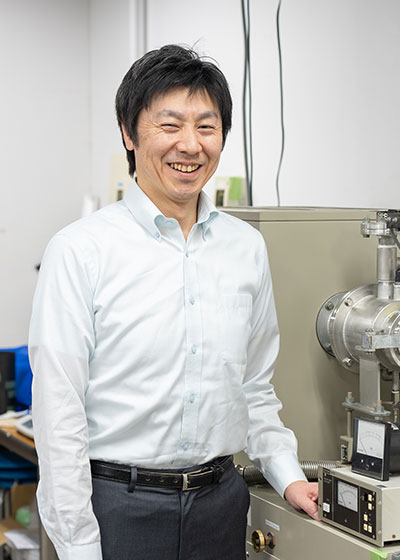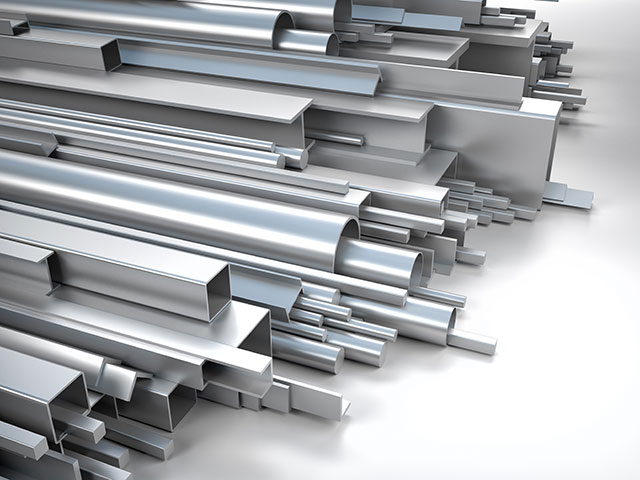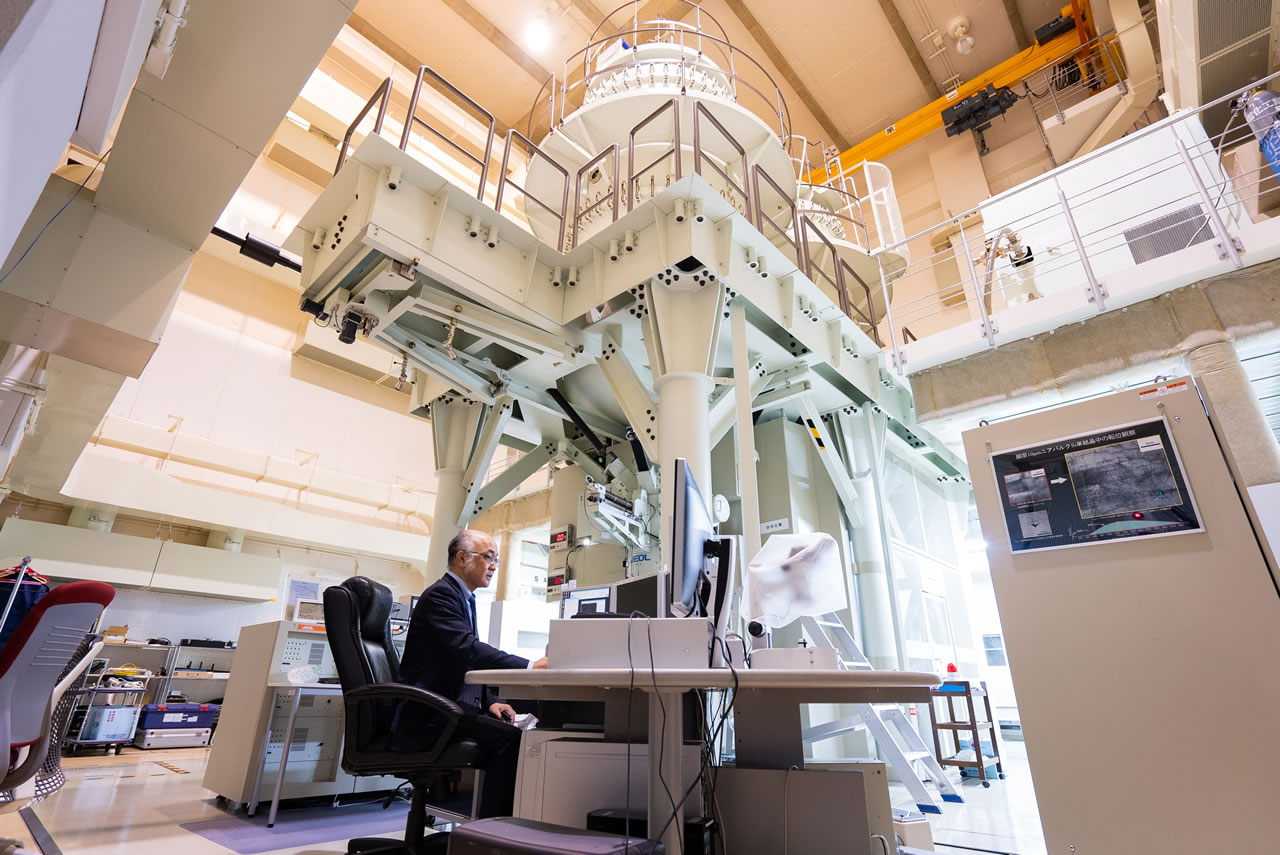Division Director’s Message
Developing a new society with “Materials”
Protecting the earth with “Materials”

Our department is one of the oldest and most traditional materials departments in Japan, having been established in 1911 as the Department of Metallurgy at Kyushu Imperial University’s College of Technology. We have produced many talented students and have made great contributions not only to Japan but also to the international community.
Materials departments can be said to be the gateway for engineers and researchers who create new things (materials). While “substances” refer to things that exist in nature in units of atoms and molecules, “materials” refer to substances that have practical value or functions added to them. Therefore, “materials engineering” can be said to be a science that connects basic science (physics, chemistry, mathematics, etc.) and engineering (the creation of industrial products). Materials engineering is the study of methods to give materials functions through ingenuity and turn them into usable industrial products.
Students in this department mainly study in the classroom and in student experiments until their third year, and from their fourth year they are assigned to a laboratory to begin their graduation research. After graduation, nearly 90% of students go on to a master’s program in materials engineering at a graduate school. By entering the world of research, students learn that the basic knowledge they learned in classrooms and student experiments is applicable to engineering, and by touching various experimental equipment, they can experience basic knowledge from engineering. This seems to lead to a desire to continue to graduate school and improve their level even further. After completing their master’s degree, students are immediately active in companies, and those who want to further their research advance to doctoral programs to improve their research skills.
Faculty members in this department are divided into three academic foundation fields: “Metallurgical Physical Chemistry,” “Structural Metal Materials Science,” and “Functional Materials Science,” and are conducting education and research that leads these fields in 11 laboratories. While understanding the microscopic behavior of atoms and electrons that make up substances, we are cultivating human resources who will contribute to the development of a sustainable society by working with students to more deeply consider the functions of materials and develop new materials.
For more information, see the faculty profiles on the website and the videos on the Materials Channel of the department..
Ryo Teranishi
Division Director and Professor
Department of Materials
Materials engineering as a “Key Technology”

Materials that are processed from naturally occurring materials such as stone tools and wood are “first generation materials”, artificially converted natural materials such as copper and iron are “second generation materials”, and polymeric materials are “third generation materials”. Purpose-designed semiconductors and composite materials are classified as “fourth-generation materials”. The industrial revolution that occurred in Britain in the late 18th century included the invention and development of iron manufacturing methods, and the establishment of mass productivity through iron and the industrial revolution became the basis of modern civilized society. The mass production of iron created an automobile society, the invention of duralumin led to the development of aircraft, and progress in the development of super heat-resistant alloys led to the spread of large passenger aircraft using jet engines. Furthermore, without the invention of semiconductors, the current telecommunications and computer technology, as well as the development of the information society, would not have occurred. These are all examples of how the invention of a “new material” became a “key technology” for the development of civilization.
What we can do for the “Next Generation”

Currently, unprecedented materials that go beyond conventional wisdom are being developed one after another, such as ultra-quenched amorphous materials, superconducting materials, artificial superlattices, ultrafine particles, superplastic materials, and ultra-heat-resistant materials.
In areas such as superconductivity, nuclear fusion, and space exploration, which will support the next generation of social infrastructure, the key is to develop materials that are superconducting at room temperature, materials that can be stably used in harsh environments, and lightweight and high-strength materials.
Materials research plays a central role in responding to climate change issues, including the development of recycling technology, the development of environmentally friendly materials, and the reduction of weight and longevity of mobility.
We are aware that scientists and engineers involved in materials research will support the next generation of civilized society, and we at the Department of Materials strive to contribute to society through materials research and technology development, and to foster advanced human resources who will lead the next generation.
History
- 1911
- The department of Materials Science and Engineering was firstly organized as the Department of Metallurgy in 1911, while as the Kyushu University was founded, which is known as the third oldest department of Metallurgical Science in Japan.
- 1961
- The department of Ferrous Metallurgy was established.
- 1990
- The department of Metallurgy and the department of Ferrous Metallurgy were merged into the department of Materials Science and Engineering.
- 2005
- The Research Center for Steel was founded.
- 2021
- Reorganized into the Department of Materials due to organizational reform of the Faculty of Engineering.
